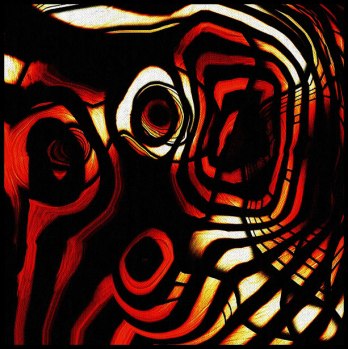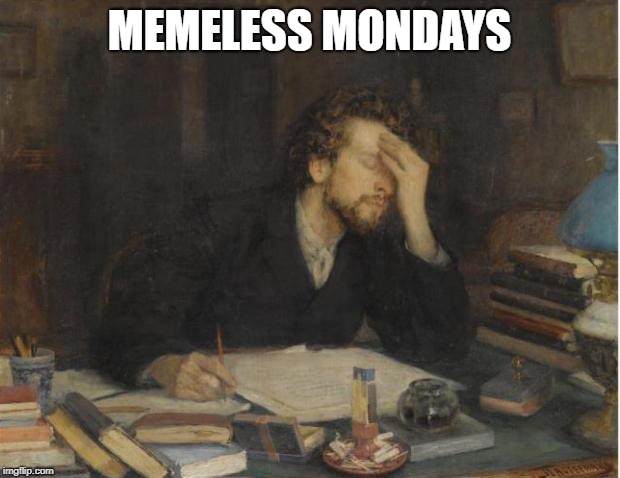Two days ago I was a writer, a reader, and a passable vegan home cook. Today I am none of those, because I don’t care. It is as if my life as I knew it simply ended.
Anhedonia is the inability to feel pleasure. It causes “lack of interest,” one of the most prevalent symptoms of depression. Anhedonia takes the color out of the world. There’s no draw to do anything or see anyone. There’s no reason to get out of bed, let alone leave the house or turn on the TV or check your phone. Making decisions is impossible because nothing sways you to one side or the other. The overwhelming feeling is that of a void, an absence.
Biologically, anhedonia is caused by the failure of a particular reward pathway in the brain. You can read the details of it here, but basically the “pleasure pathway” between the prefrontal cortex and the nucleus accumbens in the basal forebrain doesn’t fire as strong or as long in depressed brains.
Where I would have laughed out loud, now I just smirk. Where I would have been excited about doing something—or at least willing to do it—now I just shrug and maybe, just maybe, lift my eyebrows for a second.
There is no treatment for anhedonia besides those for depression in general: meds, exercise, diet, sleep, company.
I will not be anhedonic much longer. On my current meds for rapid cycling Bipolar II (which are lithium and levothyroxine with the occasional alprazolam), anhedonia comes for me once a month for four or five days. Rips the rug right out.
When the things that made life interesting and meaningful the day before simply vanish, when nothing is worth doing and the days stretch out long and empty, it’s easy to feel like everything that came before was completely false; it’s easy to feel like a fraud; and it’s easy to get paranoid. It takes effort, on these days, to keep myself from permanently disconnecting from the world, from canceling plans, appointments, social media accounts.
My coping strategy is distraction, which is more challenging than it sounds when I literally could not care less about books or movies or TV or video games, and when conversations are crazy difficult and draining. Conversations are full of decisions. My memory problems and aphasia seem to intensify on these days also, which adds to the frustration and exhaustion.
The good: at least on this medication combination I rarely think about killing myself. That has been a relief. And at least the depressions are only a few days long and my manic episodes are under control. I miss them, especially the energized and productive obsessions, but the mania is hard on my family.
So far and from inside it, it feels like every episode of anhedonia separates me from who I used to be a little bit more. I appreciate this from a yogic / zen perspective: if characteristics can be stripped away so easily, they never were essential. But damn man, who am I without reading and writing? Without bad movies and good food? I need those things to keep me tethered to the planet.
These pieces of my identity may not come back as strong as they were before, but they will come back. In the meantime, I have great empathy for the majorly depressed who have to deal with this bullshit all the time. Godspeed friends.

Depression, by Sabine Sauermaul
(This little post has taken a long time to write. Hopefully it will add to the effort to normalize the discussion of mental illness, and maybe a few people will be able to identify something going on with them or feel less alone or understand a loved one a little better because of it.)


 Going nowhere and doing nothing, I bought the book based only on its title and I read it with delight. An old friend came to mind, someone I thought would also dig something like Fuckness. I looked him up, wanting to introduce him to something new, to be that cool friend who makes the find. Instead, he already knew about Prunty and this whole movement called bizarro.
Going nowhere and doing nothing, I bought the book based only on its title and I read it with delight. An old friend came to mind, someone I thought would also dig something like Fuckness. I looked him up, wanting to introduce him to something new, to be that cool friend who makes the find. Instead, he already knew about Prunty and this whole movement called bizarro.


